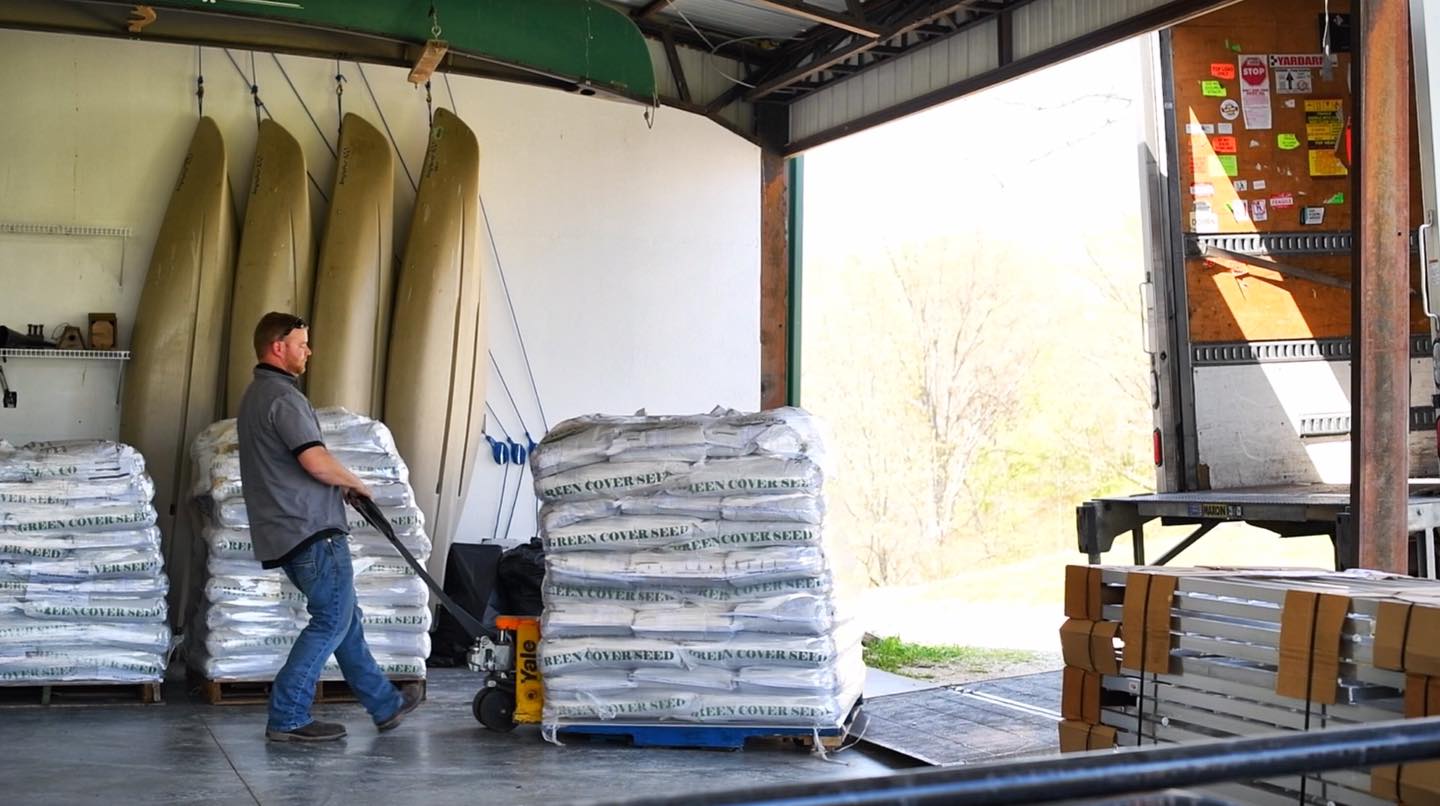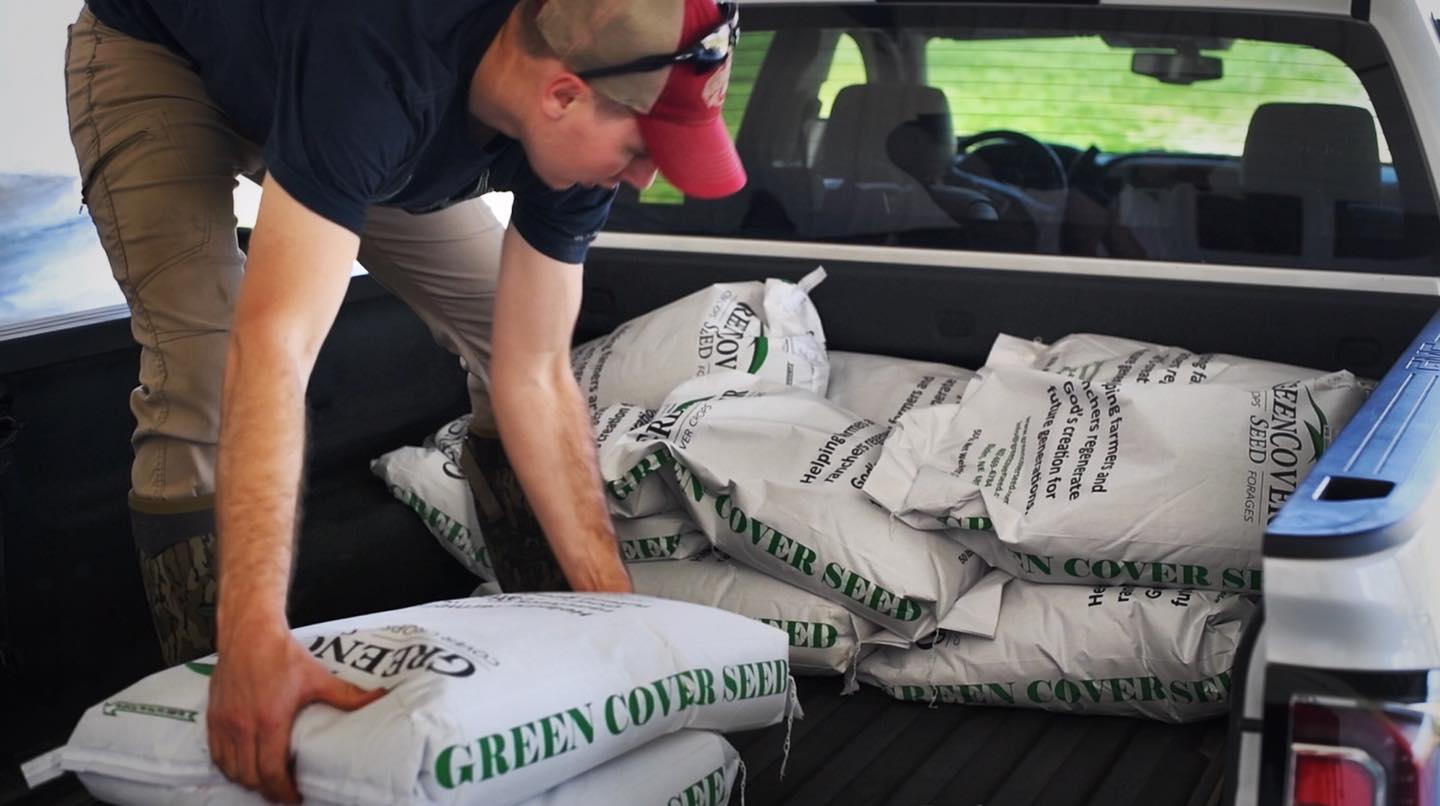Working To Improve the Deer Herd and the Soil: Planting Food Plots with The Release Process
Filed under: Food Plots, Hunting Blog


We’re monitoring soil conditions daily/watching the weather and hope to be planting soon. We want to make sure the soil temperature is warm enough. Here we can get away with planting earlier when planting green; when we’re not using as much synthetic fertilizer or herbicides or other products. Here at The Proving Grounds we have a lot of soil life — earthworms and bacteria. And they’re activity and respiration warms up the soil.
Soil health can be extremely complicated. But we can break it down really simply. It’s important to always keep the soil covered. Bare soil, naked soil, can be eroded. It can get too hot or too cold and it doesn’t hold soil moisture.
There are benefits to having a living root in the soil as many days as possible. And that living root, again, is using the top of the plant – photosynthesis – to pump very valuable foods and other items into the soil for the soil biology. And in turn, the soil biology is making the plant healthier.
At least during a portion of the year, there should be a large variety of plants having different root sizes and depths and, really important, different leaf sizes and different leaf heights. This will serve to capture all that sun before it hits the ground.
That diversity of plants also has different root structures. Some of them will be very deep and strong which will break up hard pans and allow moisture to move up and down through the soil as needed.
Following some simple principles in your food plot can mean you’ll have way healthier soil, healthier plants, larger deer and attract more deer in front of your stand.
It all starts with the simple soil health principles. Now, can you do this with synthetic inputs? Yes, of course you can. But, there’s a cost to that.
Tillage always means erosion; synthetic inputs usually end up in somebody’s water system somewhere. Following the natural system I call “The Release Process” is the healthiest and, in the long run, the least expensive process.
Check out Green Cover Seeds for the food plot blends we will be using this year. We’ll be bringing you more videos this spring with details on how to establish the best food plots at lower cost and that are better for the soil, the environment, and the wildlife!



